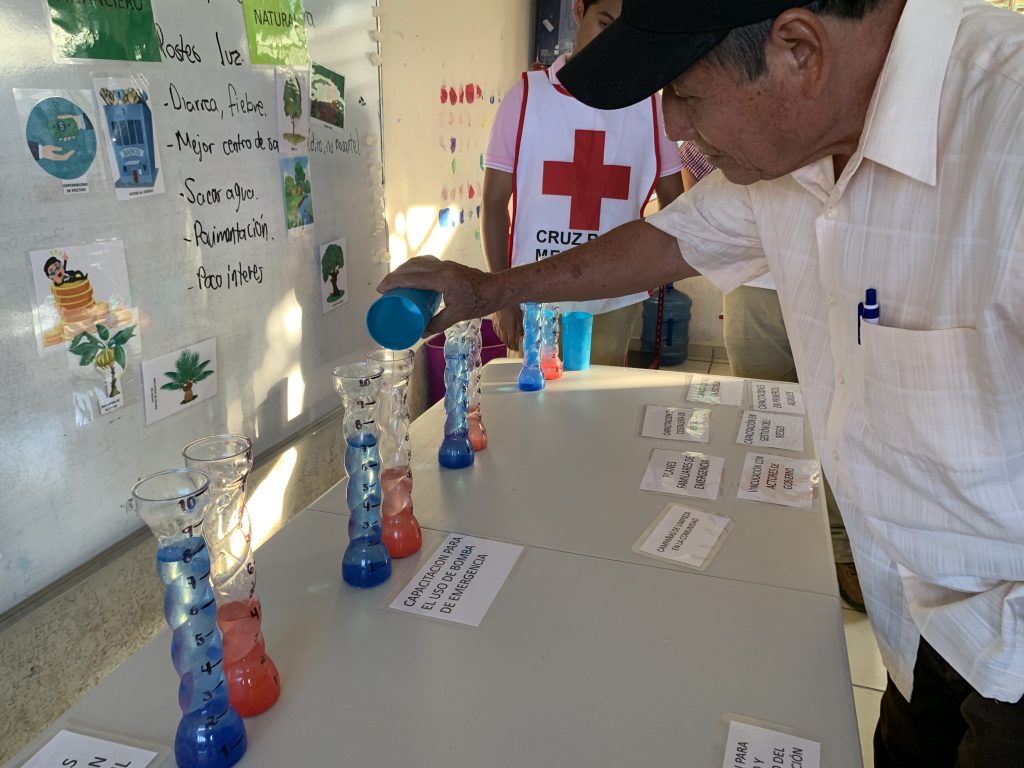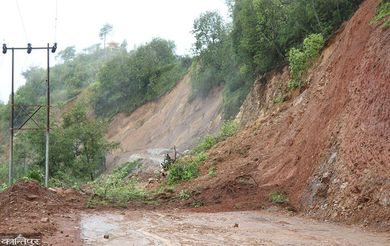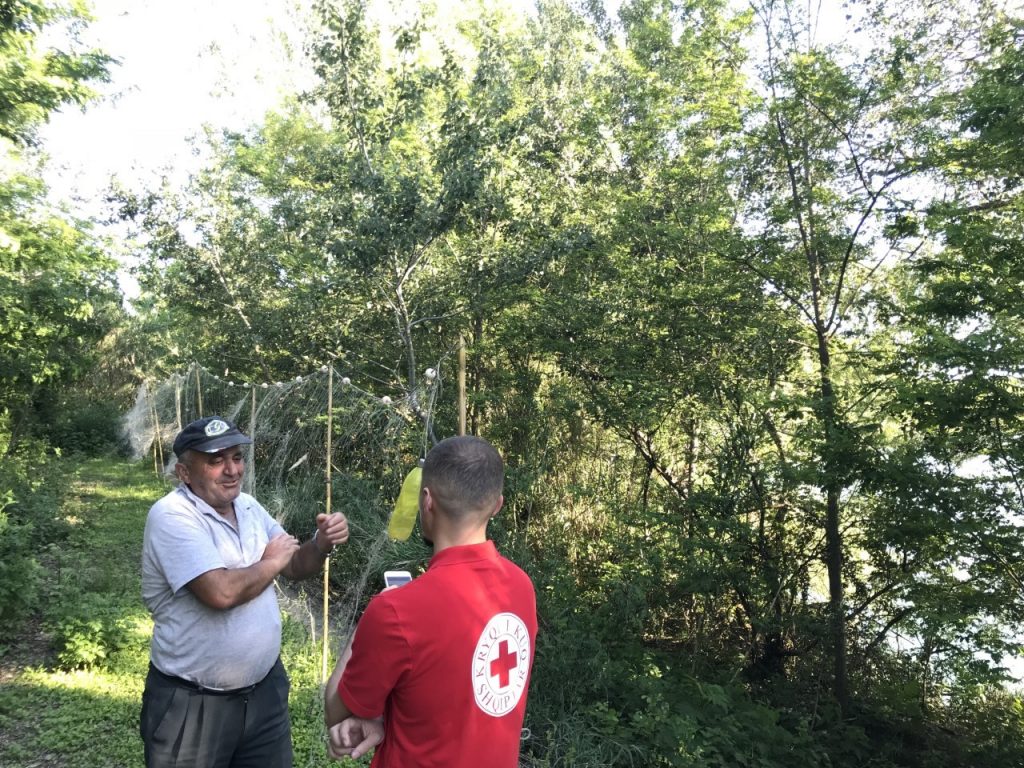In response to a lack of empirically verified measurements for disaster resilience the Zurich Flood Resilience Alliance set out in 2013 to develop such a framework for measuring community flood resilience. So far we have applied the Flood Resilience Measurement for Communities in more than 250 communities across the globe. We’re now evolving our approach to allow the measuring of resilience to other hazards while staying true to the benefits of specific resilience measurement. Join us at EGU21 to learn more.
We developed the Flood Resilience Measurement for Communities (FRMC) framework and tool in recognition of the need to define and measure resilience in order to enhance it. We use the FRMC in our programmes around the world to measure community flood resilience and in collaboration with communities identify actions that enhance flood resilience.
This research reflects on some of the learning we’ve gained thus far.

What is disaster resilience?
Core to a successful resilience measurement approach is the need to be explicit about ‘resilience of what, to what, for whom’. The Zurich Flood Resilience Alliance understands disaster resilience as:
The ability of a system, community, or society to pursue its social, ecological, and economic development and growth objectives, while managing its disaster risk over time in a mutually reinforcing way.
Keating et al. 2016
How do we measure flood resilience?
The FRMC is founded on a systems-based, holistic and integrated conceptualisation of community resilience capacity as comprising of human, social, physical, financial, and natural capitals.
Data analysis, user experience feedback, and expert peer review support the conceptual rigor, practicality, and hazard-management utility of the FRMC.

Expanding the FRMC approach to measure resilience to other hazards
However, floods do not happen in a vacuum and many of the communities we work with are at risk of other natural hazards as well. In response to needs of practitioners working with communities to enhance resilience in multi-hazard contexts we have started to develop a framework for expanding the FRMC approach to measure resilience to multiple hazards.

At the European Geosciences Union Annual General Meeting (EGU21) we’ll present this new approach and we welcome you to join us.
We’ll outline key principles in multi-hazard resilience measurement and explore questions of integration, complex dynamics, and the link to decision-making.
We’ll present a typology of resilience measurement indicators that range from generic or hazard-neutral to highly hazard-specific. We’ll then discuss vertical and horizontal scoring options and what this means for decision-making.

We believe that as long as the guiding question remains ‘resilience of what, to what, for whom’ a multi-hazard community resilience measurement is feasible and useful.
It could generate robust information for local- and regional-level management as well as data for globally generalisable lessons about the dynamics of systemic risks and resilience.
Find out more: join us at EGU21
If you are interested in measuring community flood resilience, resilience to other hazards within the FRMC ecosystem, or simply discussing the Alliance’s learnings about multi-hazard resilience measurement, please join us at EGU on Friday 30 April!

Comments